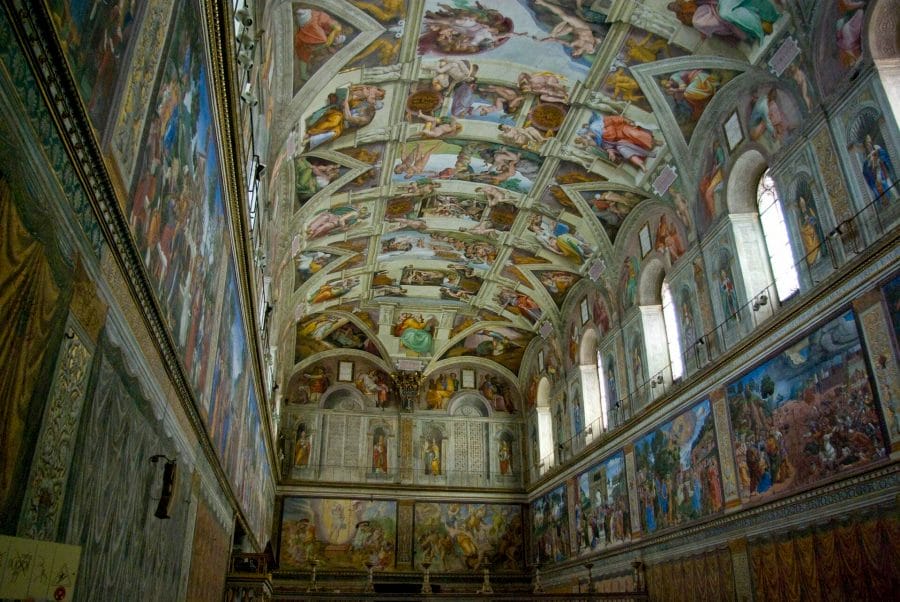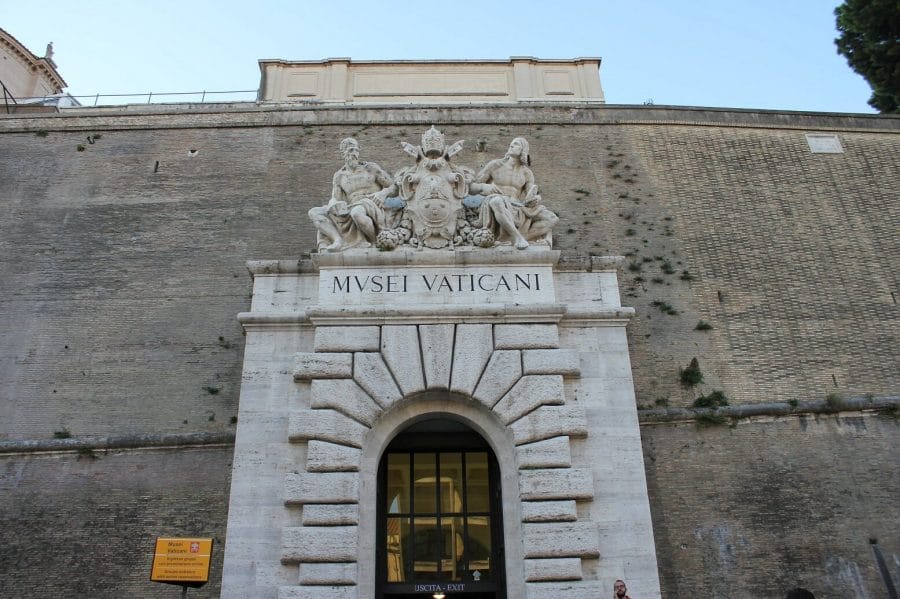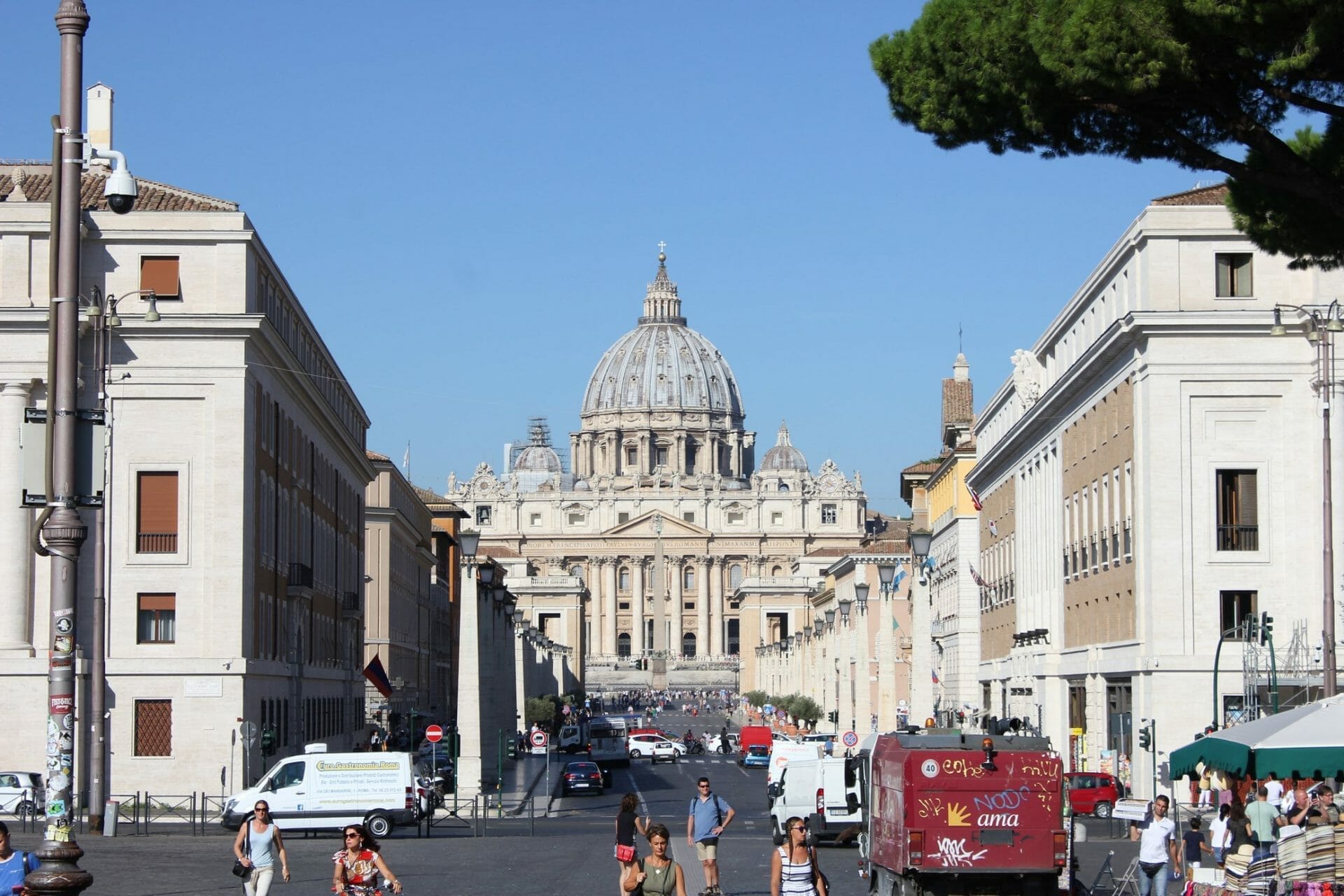
How to visit the Vatican Museums and the Sistine Chapel + Tips on how to get skip the line tickets
Are you going to visit Rome and wondering how to visit the Vatican? In this guide, I'll show you how to get tickets to the Vatican and how to skip the lines.
The Vatican City is one of Rome's most visited attractions, drawing over 5 million visitors each year. It is home to many of the most sacred religious and cultural sites in Christianity.
By following my tips, you can easily organize your Vatican visit and understand how it's possible to plan a day in Vatican City, even during a short stay in Rome.
Some Vatican attractions offer free entry (like St. Peter's Basilica), while others are paid and require an entrance ticket (like Sistine Chapel).
I'll share 4 ways to buy your Vatican tickets, suitable for all budgets and with or without a guided tour. You'll also find the opening hours of various Vatican points of interest and directions on how to get there.
Quick 2 Min Summary on How to Visit the Vatican
👉 You don’t need a special passport for Vatican City to visit this site, but a bit of planning will of course be required. Do you need a passport to go to Vatican City? The answer is no, as you can simply walk inside. But you’ll probably want to book tickets in advance to skip the long lines, especially for the Vatican Museums and Sistine Chapel. Consider a guided tour to understand the site better and check the opening hours as they vary depending on the day. Also, we would recommend not to miss the Vatican Gardens and St. Peter's Square.
How to Get Tickets to the Vatican?
Wondering how to visit the Vatican and Sistine Chapel? We’ve selected the best ticket options from tiqets.com and getyourguide.com to enhance your visit.
Tickets are indeed required for the Vatican City Museums, Sistine Chapel and Castel Sant’Angelo. While St. Peter's Basilica entry is free, it’s best to book a guided tour ticket to unlock its secret stories.
Tip – Don’t miss the Vatican Gardens and the ancient Necropolis. Each of them requires a ticket for their guided tours.
Vatican Museum Tickets and Avoiding the Queues
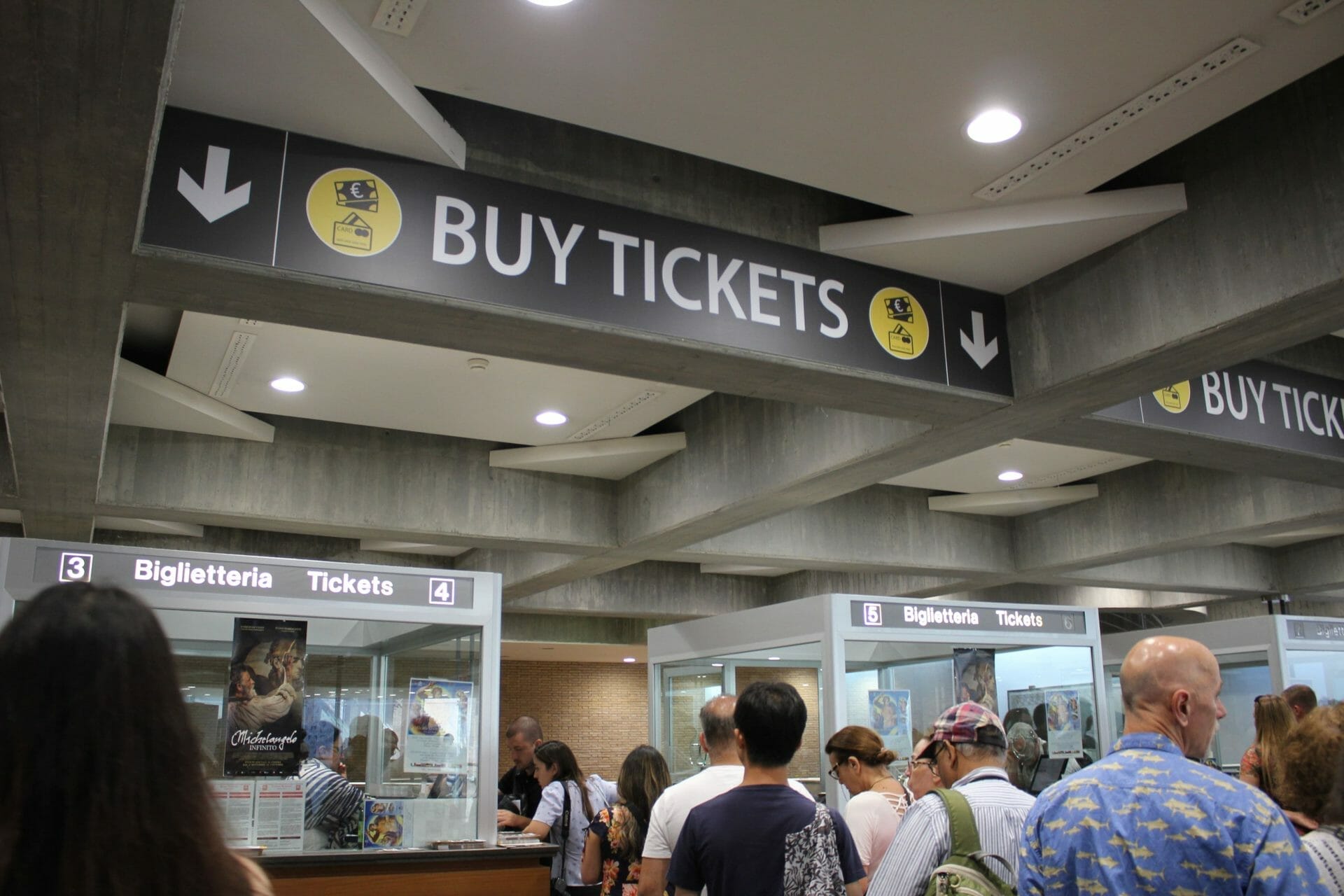
As one of the most popular attractions in the entire world, you can imagine the waiting lines for Vatican tickets.
It’s really worth buying your tickets in advance and including fast track access if you can.
Here is an overview of some of the different options for Vatican tickets:
- 🎟️ Vatican Museum tickets and Sistine Chapel – Admission is €20 (+5€ for skip the line) when you buy the ticket at the Vatican on the day or on the official site here. Keep in mind: These tickets cannot be refunded. Online tickets from tiqets.com – Vatican Museums and Sistine Chapel cost €36 and include skip-the-line (also full refund possible). See tickets here – you can book an entire year in advance.
- 🎟️ Vatican: Museums & Sistine Chapel Entrance Ticket – Admission for these tickets starts at 31 € and includes skip-the-line. These Vatican tickets are not refundable and you can also pay for an additional audio guide.
- 🎟️ Early entrance Vatican Museum tickets with breakfast – Beat the crowds by starting your visit to the Vatican Museums at 8:00. These special tickets (at €127) also include breakfast. If that is a bit pricey (I know it is), check out the next one.
- 🎟️ Tickets for Vatican City Museums & Sistine Chapel Early Entrance: Small-Group Guided Tour – For 94 €, these Vatican Museums & Sistine Chapel Early Entrance tickets include skip-the-line Vatican Museum entrance and a guided tour of the Vatican Museums & the Chapel, along with a tour of St. Peter's Basilica (excluding Wednesdays or Religious Holidays). Audio headsets also ensure you won’t miss any insights from your guide. Get tickets here.
- 🎟️ Vatican, Colosseum, Roman Forum & St. Peter's Basilica: Entry + Public Transport – This comprehensive ticket offers a fantastic way to see Rome's most iconic sites, plus public transport to visit the whole city.
- 🎟️ Vatican Museums, Sistine Chapel & St. Peter's Basilica: Skip The Line + Tour – Skip the line and explore the Vatican's riches with a 3-hour guided tour, including the Vatican City Museums, the Chapel and St. Peter's Basilica. You’ll also benefit from a live guide in multiple languages and a maximum group size of 30 for a more intimate experience. Get tickets here.
While the official Vatican City sites offer tickets at lower prices, there are some advantages of booking through tiqets.com or getyourguide.com: faster processing, easier booking, smaller group sizes and more comprehensive tour experiences.
Tip – And if you want to venture beyond the Vatican, we would recommend you to pay a visit to Castel Sant'Angelo to access stunning views of Rome. Though not within the Vatican itself, it's a must-visit and tickets are available for entry with an audio guide or for a fast-track guided tour.
Tickets for St Peters Basilica & Necropolis
Wishing to visit St Peters Basilica and the Necropolis? Here are different options for you:
- 🎟️ St. Peter's Basilica, Dome & Papal Grottoes: Small-Group Guided Tour: explore from the heights of the dome to the sacred Vatican grottoes below. These tickets are probably the best way to visit Vatican City in a small and intimate group.
- 🎟️ St. Peter's Basilica, Square & Papal Grottoes: Afternoon Guided Tour: a more affordable option for if you’re looking to discover the basilica's beauty and the historical Vatican grottoes with the convenience of an afternoon start. See tickets here.
- 🎟️ St Peter's Basilica, Dome & Papal Grottoes: Early Morning Guided Tour: beat the crowds with an early morning guided tour that combines the beautiful views from the dome with a visit to the Papal grottoes. Get tickets here.
Tickets for Vatican Gardens
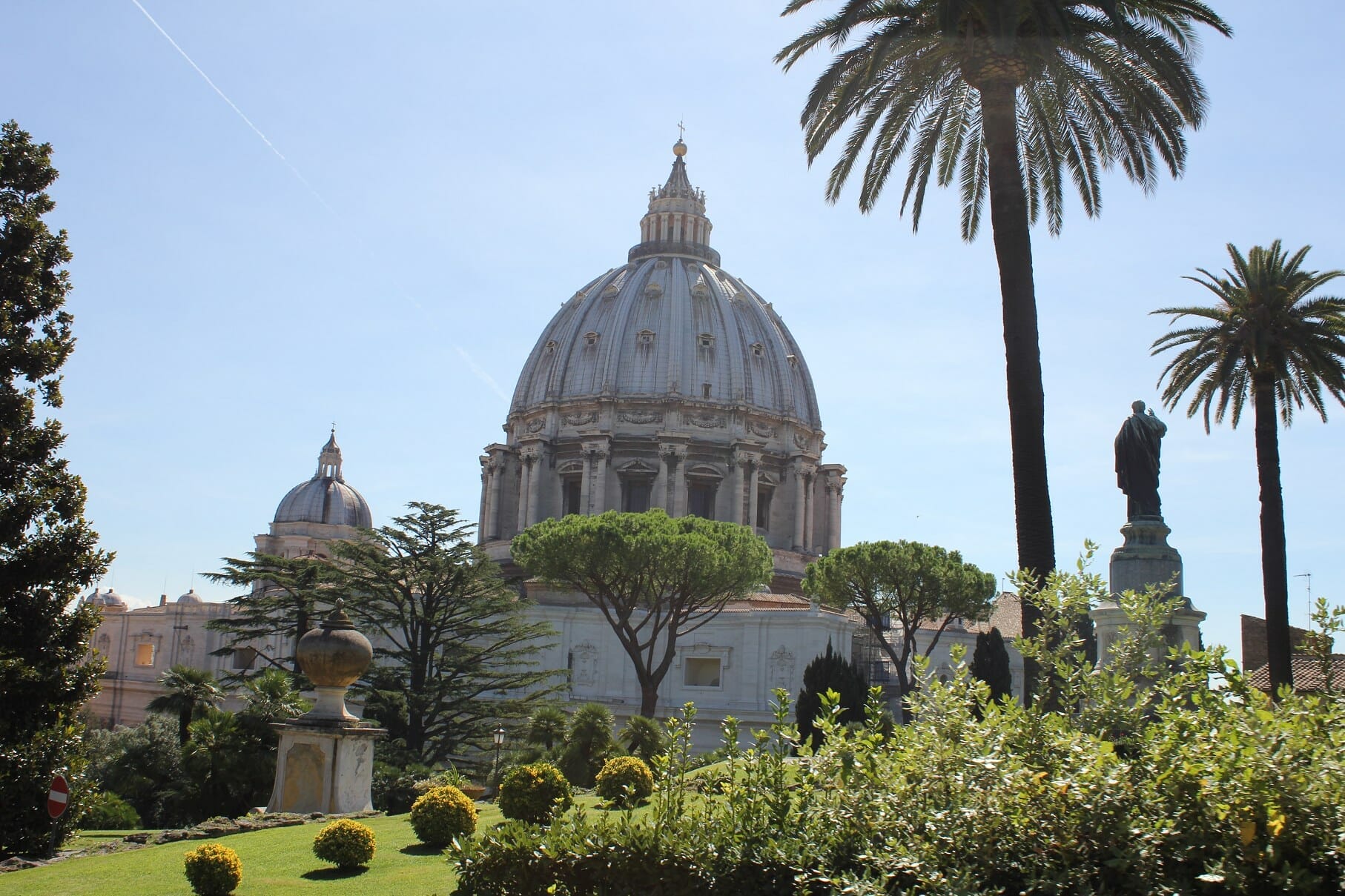
Wondering how to visit the Vatican Gardens during your trip? Here is the best option.
🎟️ Vatican: Vatican Gardens with Bus Tour & Museums: enjoy the very relaxed atmosphere of the Vatican Gardens through a unique bus tour, followed by a visit to the Vatican Museums. A very peaceful – almost holistic – experience! Tickets are available here.
Practical Information to Visit Vatican Museum
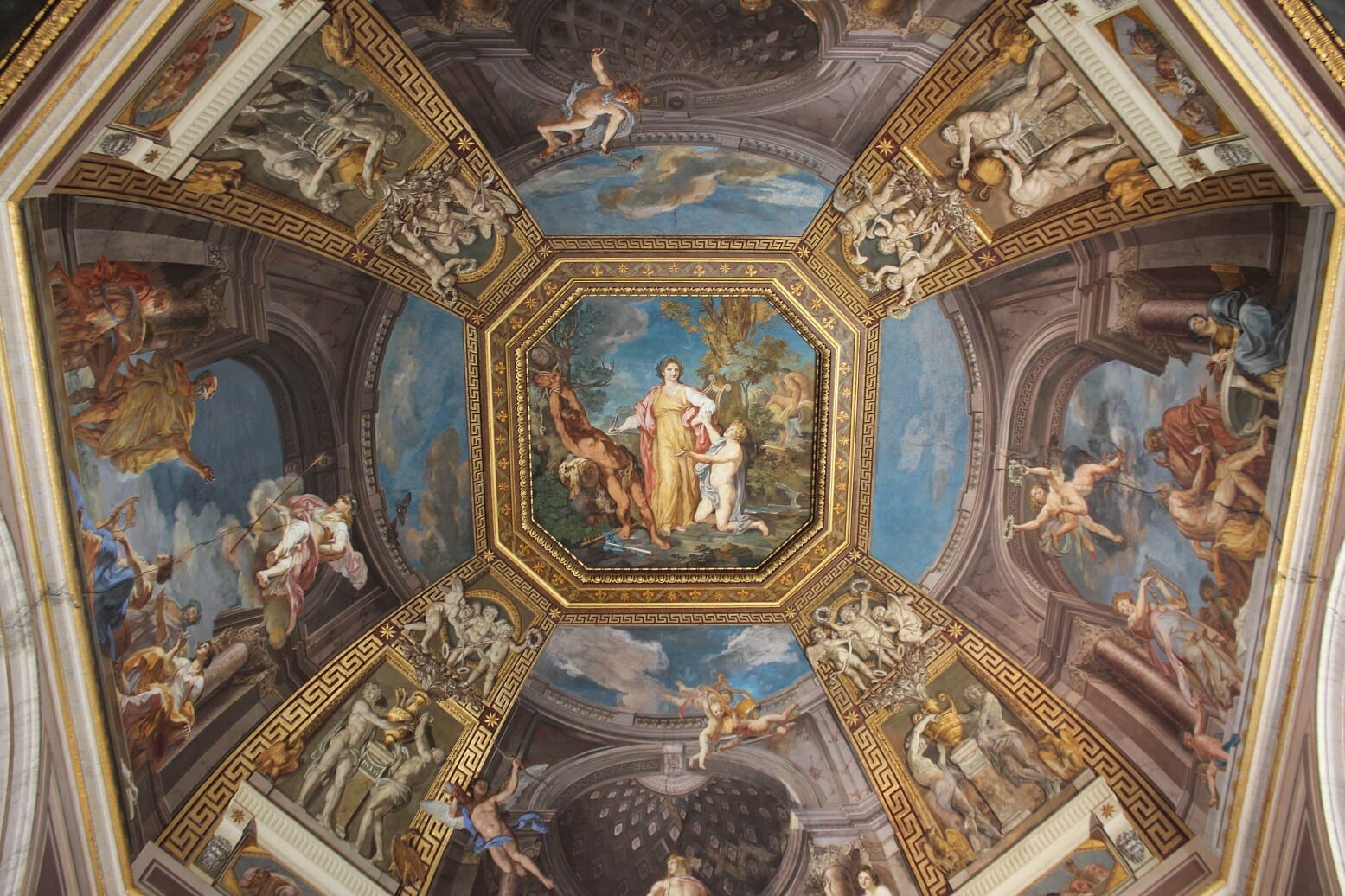
Wondering how to go to Vatican and how do you enter Vatican City?
Here’s what you need to know about the Vatican City entrance. Tickets, transport, best time to visit and some other Vatican visiting tips, we’ve got you covered for your next visit.
How Do You Enter Vatican City?
To access the Vatican City entrance and the Vatican Museums entrance, you must pass through Italy as Vatican City is a sovereign state without formal border controls.
The main public entry point is through St. Peter's Square. For the Vatican Museums, entry is usually through the Vatican museums entrance located on Viale Vaticano.
Tip – Remember to pre-book tickets online to skip long lines. Also, while no passport is needed to enter Vatican City from Italy, having your ticket or booking confirmation ready will ease your entry process.
How to Get to Vatican & Transport Tips
Visiting the Vatican from Rome's city center? For a quick and efficient journey, the Metro Line A takes you directly to the Ottaviano-S. Pietro station, a mere 5-minute walk from St. Peter’s Square. Want to learn more about the Metro? Check out this Rome Metro Guide so you are well-prepared before going to Rome.
Buses 49, 32, 81 and 982 also offer convenient routes if you’re going to the Vatican.
🚕 If you’re touring the Vatican and seeking the most simple experience, consider the Online Travel Card available here. This card simplifies travel around Rome and includes trips to the Vatican, with access to buses, trams and even taxis from the airport. Now you know how to visit the Vatican Museum with public transport!
Vatican Museums Opening Hours
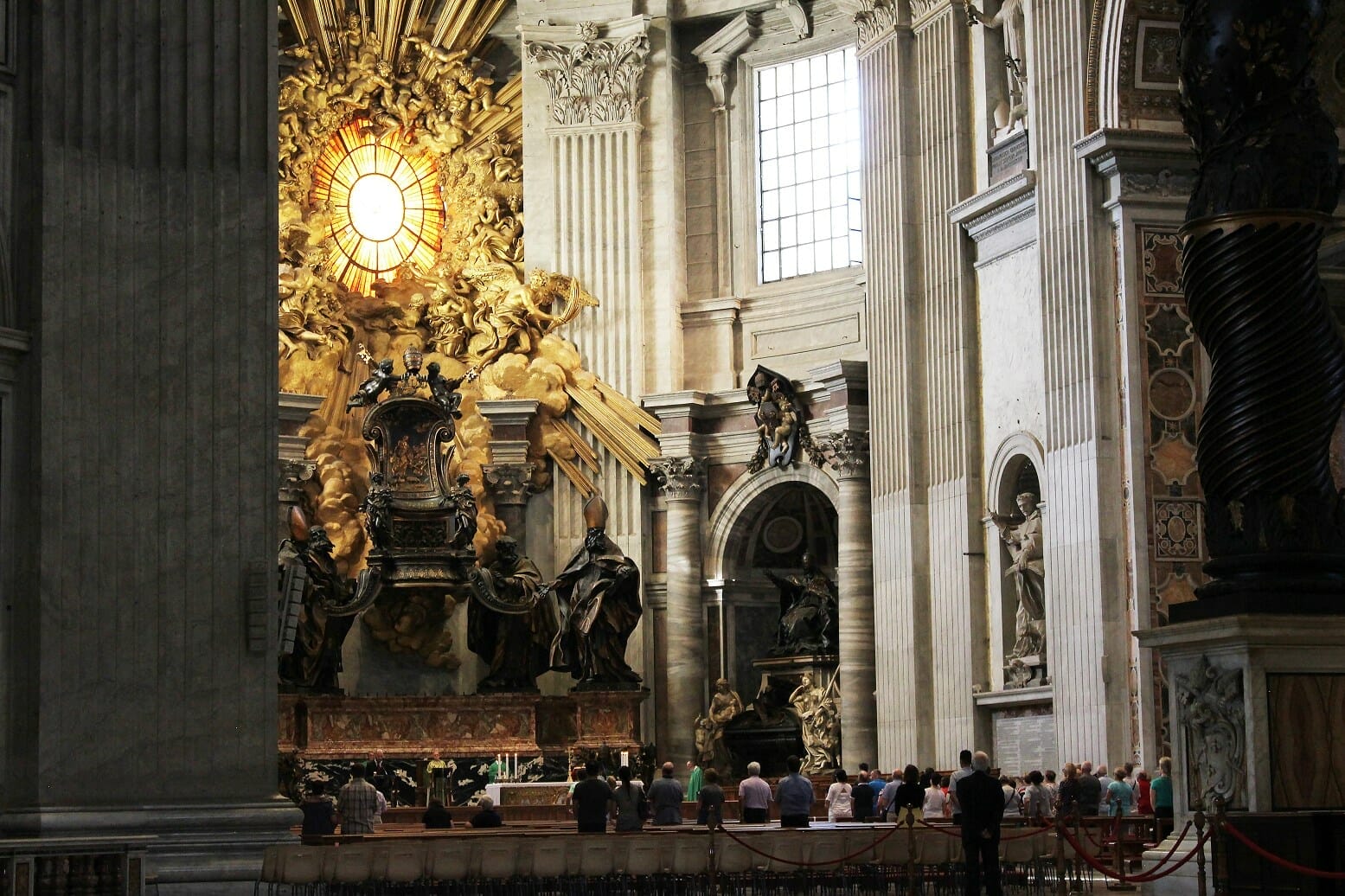
Wondering what time does the Vatican open? The Vatican City Museums and Sistine Chapel are open from Monday to Saturday from 8:00 AM to 7:00 PM and the ticket office closes at 5:00 PM.
Remember to plan how to visit the Vatican on Sunday as the Vatican Museums are closed on Sundays, except the last Sunday of each month when they are open from 9:00 AM to 2:00 PM.
Careful, as this exception does not apply if the last Sunday coincides with Easter, Christmas or New Year’s Day.
How Much Does It Cost to Visit the Vatican (Plan Your Budget)
Now you know how to visit Vatican City, you might have some questions about the budget to plan for your visit.
For a basic entry with no visits, you won’t have to spend a dime. But for a comprehensive exploration with guided tours and all-access passes, the price expands significantly.
Entry fees to the Vatican Museums start from around 30 € and up to 100 € + for a comprehensive experience with transport. But can you visit the Vatican without breaking the bank? The answer is yes as long as you choose the right ticket.
Is There a Vatican Card Included in Rome Passes?

While Vatican Museums and Sistine Chapel tickets are not included in the Roma Pass, there is a special pass that does include a Vatican Card as well as the Roma Pass.
Called the Omnia Card (available here), this offer is tailormade to give you access to Rome’s best attractions in the shortest possible time with skip-the-line tickets.
The OMNIA Card costs €149 (check last price here) and is valid for 72 hours.
It includes the following:
- Vatican City Museum tickets & Sistine Chapel tickets
- Entry to 2 out of 6 top Rome attractions such as the Colosseum and Roman Forum
- Travel on the hop-on-hop-off Rome bus for 3 days
- A public transport travelcard for unlimited access to Rome's public transport system
- Guidebook
- Discounted entry to more top sights and attractions
The Vatican City Pass (available here) is another way to experience the Vatican's essential sights. It includes Vatican Museums, Sistine Chapel and St. Peter's Basilica & Dome with a guided tour. At 84 €, it provides skip-the-line access, an audio guide app for Rome and a 10% discount on other attractions.
Also the Rome Tourist Card priced from 98 € (get it here) bundles key Roman and Vatican attractions such as the Colosseum, Roman Forum, Palatine Hill, Vatican City Museums & the Chapel and the option of Castel Sant'Angelo or the Borghese Gallery or St. Peter’s Basilica Dome. It includes an audio guide app for Rome and a 10% discount on other attractions.
The Best Time to Visit the Vatican Museum & Vatican in General?
Because of its popularity big groups arrive between mid-morning to mid-afternoon. The best times to avoid the crowds and visit Vatican museum are soon after opening or shortly before closing.
Winter months are also quieter except for Christmas and New Year. Avoid going at Easter to visit museums when visitor numbers are at their highest.
Also, visiting Vatican City on weekdays rather than weekends might significantly reduce waiting times to enter the museums and St. Peter's Basilica.
If you wish to attend a Papal Audience, Wednesdays are when Pope Francis holds these events. So you can plan to either attend or to visit the Vatican museums when the majority of the crowd might be in St. Peter's Square.
Tip – Remember, the last Sunday of each month offers free entry to the Vatican Museums. So this day attracts huge crowds!
Vatican Visiting With Kids Tips
Wishing to visit the Vatican with your family? Don’t hesitate to use a guide for visiting Rome with kids to plan kid-friendly activities.
Opt for early morning visits to avoid the biggest crowds and keep the experience more comfortable for younger visitors. You can also engage your children with stories about the art and history they will see so it becomes a fun learning experience.
Bring water and snacks and take frequent breaks at the Vatican's rest areas. For teenagers, this guide tailored for teens will make the visit more engaging.
Dress Code for Vatican
You absolutely have to respect the dress code for the Vatican to visit this sacred site.
Wondering how to dress to visit the Vatican? Remember that both St. Peter's Basilica and the Vatican Museums require modest attire.
This means shoulders and knees must be covered for both men and women. Also, sleeveless tops, shorts, mini-skirts and hats are not permitted inside the chapels and Vatican museums.
If you’re wondering how to visit Vatican or how to see the Vatican without hassle, then wear long pants or skirts and bring a shawl or scarf to cover shoulders if necessary. We would also recommend you to wear comfortable shoes as you’re going to walk a lot!
10 Things to See and Do When You Visit Vatican Museum
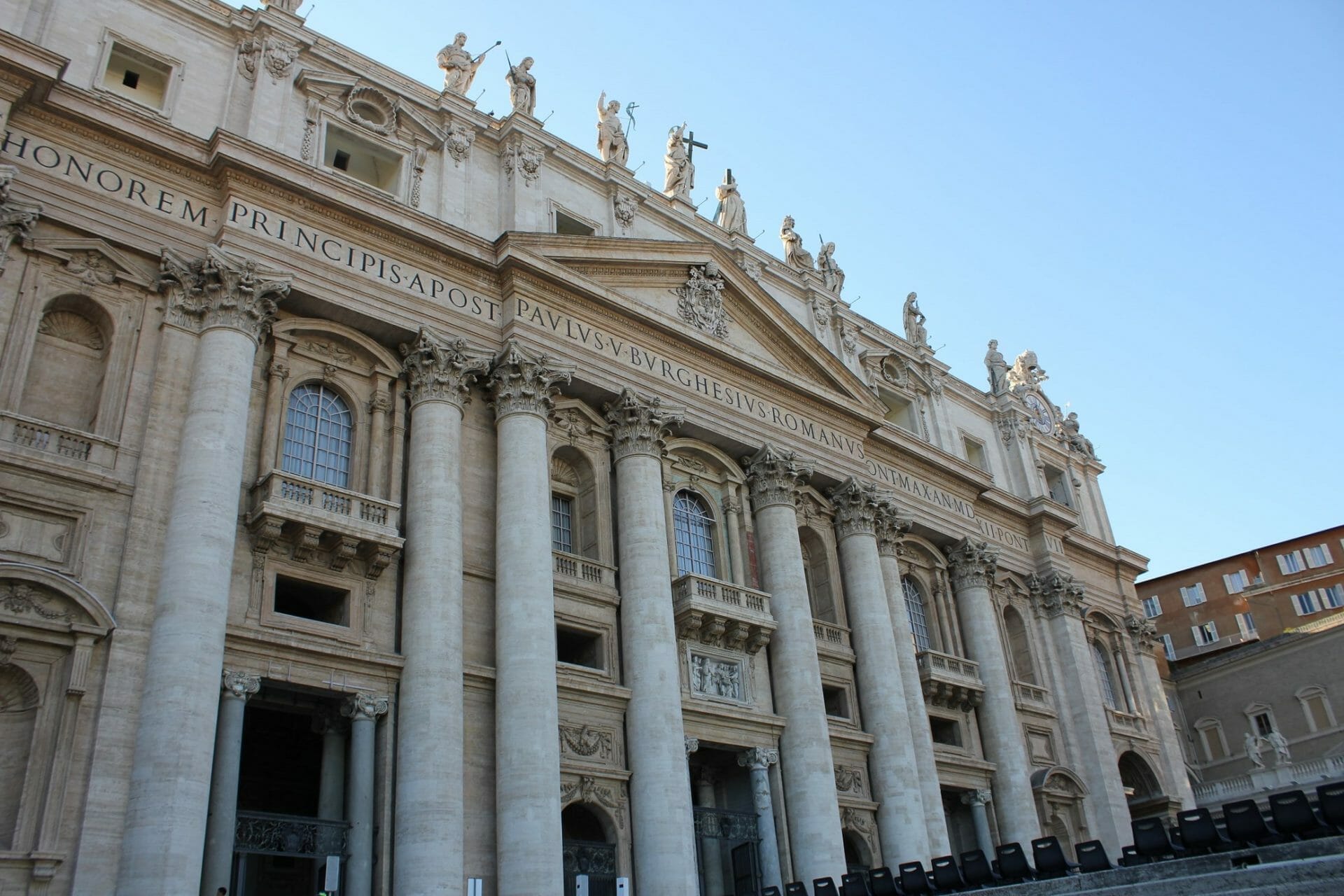
Discover the heart of catholicism and art in Vatican City with these must-see attractions.
From the Sistine Chapel to the Vatican Gardens, here's a quick list of essential experiences and sights that you shouldn't miss during your visit.
1. Visit Vatican Museums in General
The Vatican City State was founded on 11 February 1929. One could say it’s the “headquarters” of the Roman Catholic Church. As such, it’s home to the Pope as the head of the church.
Various Vatican museums contain some of the world’s most valued paintings, sculptures and other works of art collected by the Popes over many centuries.
Monumental works of art included in the Vatican Museums are:
- The Sistine Chapel
- The Chapel of Beato Angelico
- The Raphael Rooms
Important individual museums within the Vatican include:
- The Pinacoteca
- The Christian, Profane and Missionary-Ethnological Museums
- The Egyptian Museum
- The Etruscan Museum
- The Gallery of Tapestries
Wondering How to Get to Vatican Museum ?
The Vatican is easily reached on foot or by public transport. The Metro (A-line) has two stops close to the Vatican – Cipro and Ottaviano. In addition, tram 19 stops at St Peter’s. With the Omnia Card (available here), you can also use the hop-on-hop-off bus to get close to the Vatican.
Quick Tips for a Successful Vatican Museum Visit
- Even if you're only in Rome for a day, a visit to the Vatican Museums is a must. Allow 2 to 3 hours for your tour of the Vatican Museums (including the Sistine Chapel) and another one to 2 hours for St Peter’s Basilica and the sacred caves. Note these times do not take into account waiting in line for tickets or for the security check.
- No large bags or objects, including umbrellas, tripods and video cameras, are allowed inside the Vatican Museums. You must also check all food and drink in.
- Also, remember there is a strict dress code. Sleeveless clothes, shorts, mini-skirts or hats are not allowed.
2. Visit Sistine Chapel
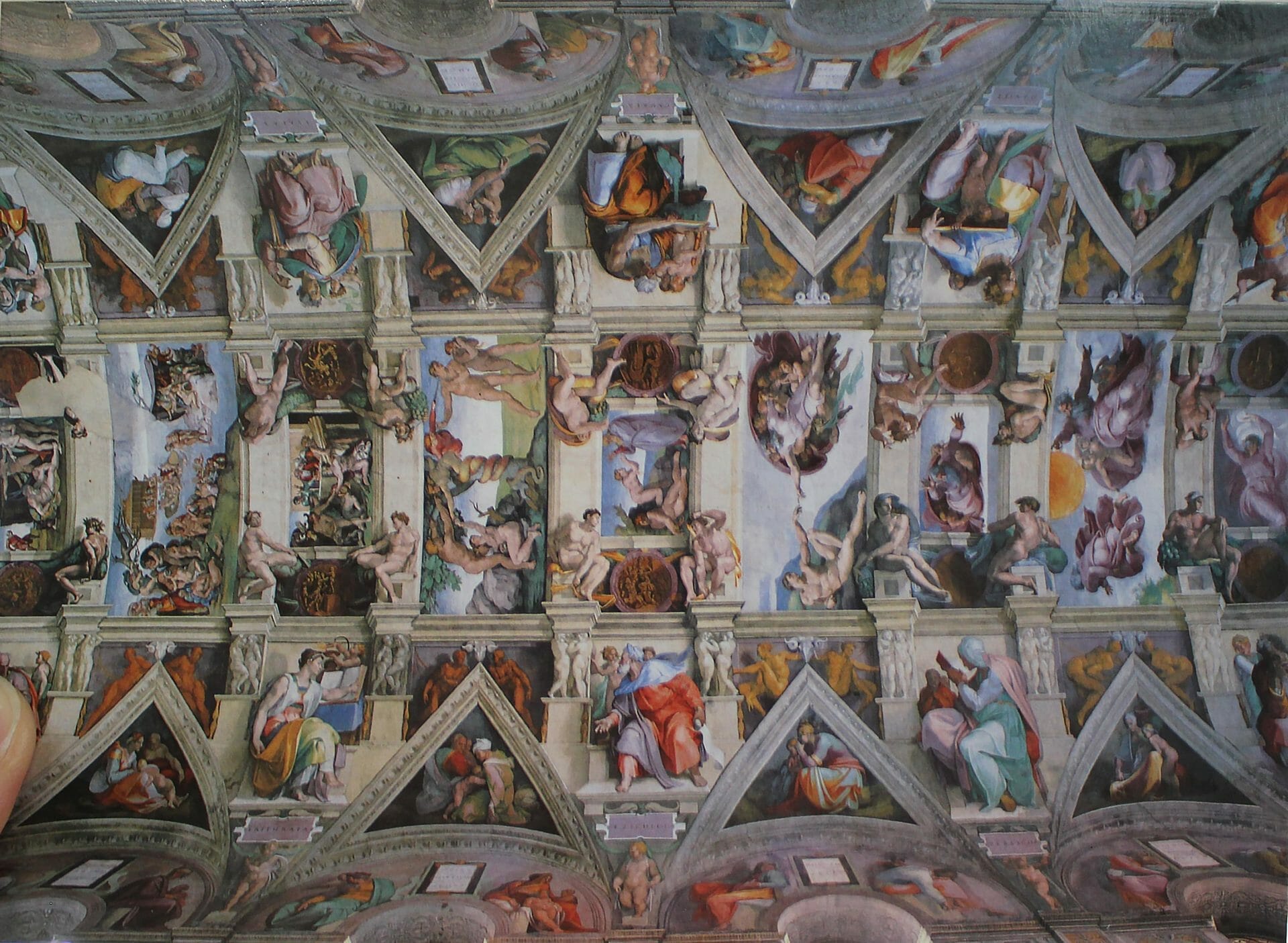
Pope Sixtus IV commissioned the construction of the Sistine Chapel as a defensive structure against, among others, Muhammad II’s Turks. Sixtus also inaugurated the chapel in 1483. Afterward, he summoned various painters to decorate the chapel. They included Botticelli, Ghirlandaio, and Perugino.
But it was Pope Julius II who, in the early 1500s, summoned Michelangelo to fresco the ceiling vault. The exquisite painting dedicated to the history of mankind before the coming of Christ took four years, from 1508 to 1512, to complete. Between 1536 and 1541 Michelangelo also painted the “Last Judgement” in the Chapel.
Take note: Photography in the Sistine Chapel is no longer allowed.
Top tip: If you book a guided tour of the Vatican, you’ll most likely enter St Peter’s Basilica from a different entrance after visiting the Chapel, saving you a lot of time.
3. Visit St Peter’s Basilica
Holding the tomb of St Peter, or the “Prince of Apostles”, the St Peter’s Basilica was consecrated in 329. It was a longitudinal building with a nave, four isles, and a transept. Many changes and additions followed over the years, including the vast dome which was designed by Michelangelo in 1547.
The “classical” façade of St Peter’s was designed by Carlo Maderno and completed between 1607 and 1612. Visitors are in awe of the vast size of the basilica. It’s 187 metres long, 140 metres wide at the transept, and 58 metres wide across the aisles. The maximum height of the vault is as high as a 15-storey building. Lear more about how to get the right tickets for St. Peter's Basilica.
4. St Peter’s Square
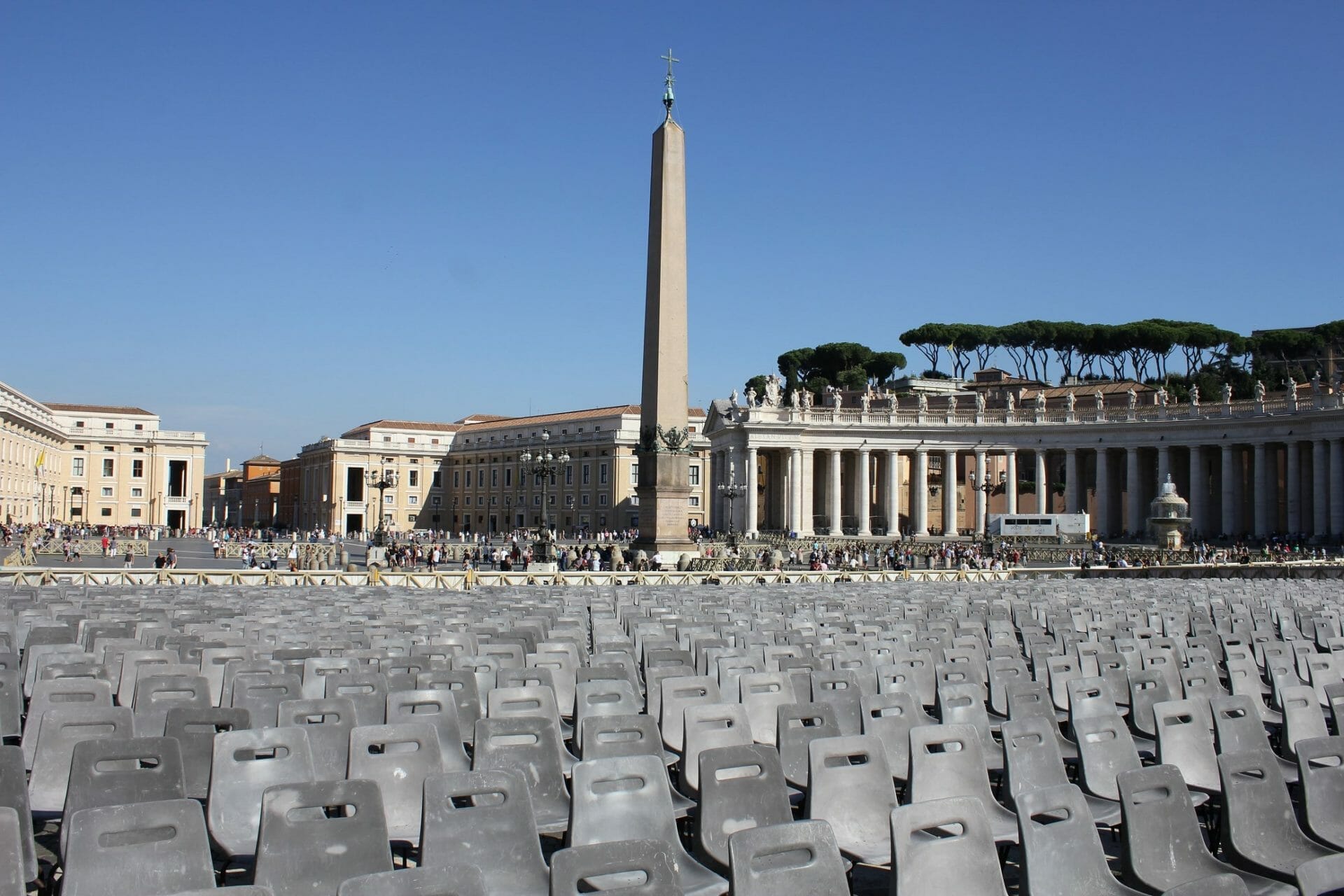
The huge square in front of St Peter’s Basilica was designed and built between 1656 and 1667 by Bernini. Surrounded by 284 columns, the square is 320 metres deep and 240 metres in diameter.
Things to look out for on St Peter’s Square:
- The statues of 140 saints on the balustrade above the columns
- An obelisk with a fountain on each side in the centre of the square
- Statues of St Peter and St Paul at the foot of the staircase in front of the basilica
- The Royal Staircase which leads to the Vatican Palaces
Tip: Approach St Peter’s Square from the Via della Conciliazione for a superb view of the basilica dome.
5. Attend a Papal Audience
Join thousands of Christians for a Papal audience every Wednesday morning when Pope Francis is in Rome. Tickets are free (although you must apply in advance). Most Papal audiences are held on St Peter’s Square. Check the official Vatican website for the up-to-date schedule.
A Papal Audience shouldn’t be confused with a Papal Mass, like at Christmas or Easter. During a Papal audience, the Pope gives a speech, followed by prayers, a homily, and singing. At the end, he is available to bless babies and religious articles in general.
6. Attending Mass in St Peter’s Basilica
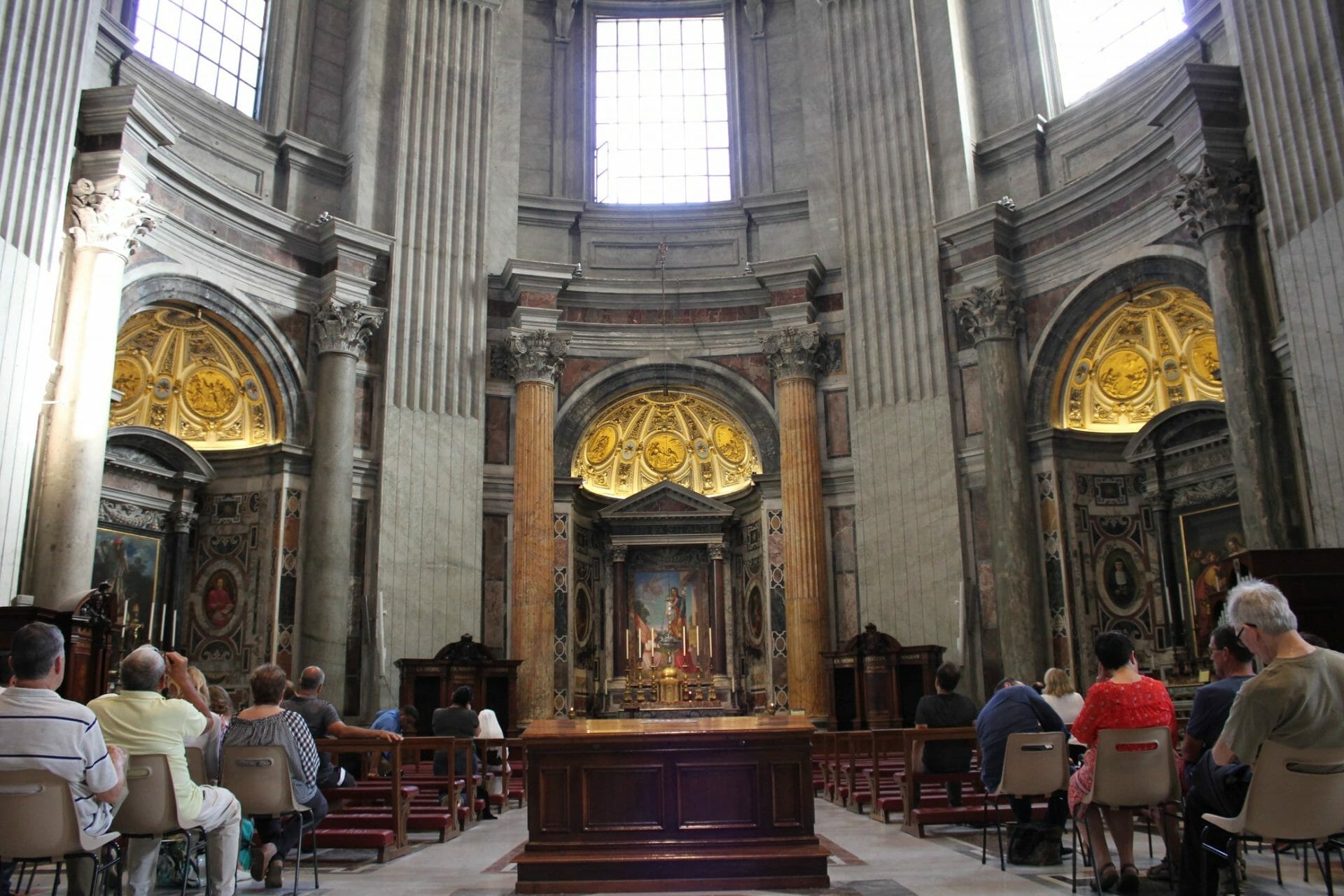
Despite it being a major tourist attraction, St Peter’s Basilica is still an actual parish church where regular masses are held.
Public masses are held every weekday at 8:30 in the Blessed Sacrament Chapel, and hourly from 9:00 to 12:00 at the Altar of St. Joseph. On Sundays and Holy Days, the first mass starts at 9:00 at the Altar of the Chair, with more to follow at different times during the day.
Click here for more information about St Peter’s Basilica masses.
Take note: The regular masses are held in Italian only.
7. Enter the Dome of St Peter’s Basilica
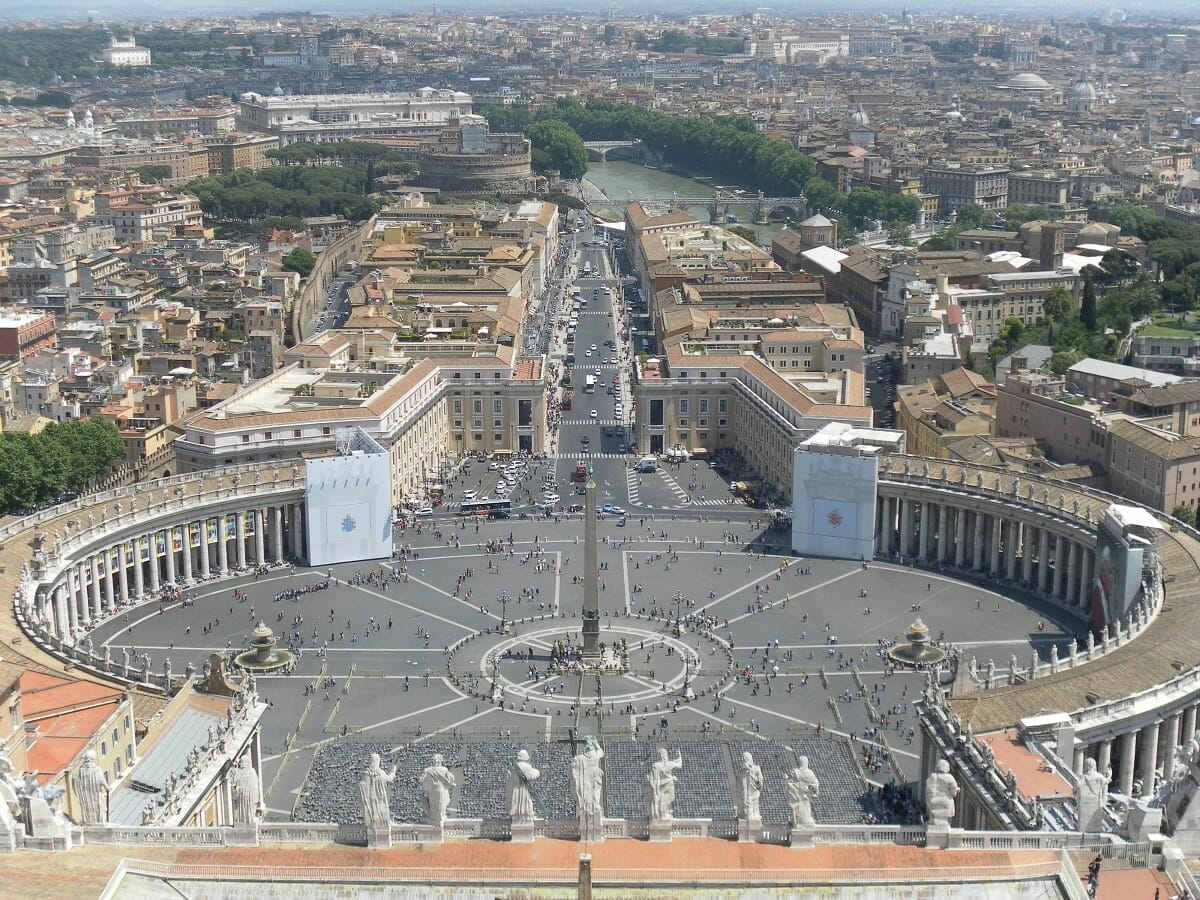
For an unforgettable top-down view of the nave of St Peter’s Basilica (and surrounding Rome), it is highly recommended to climb inside Michelangelo’s cupola (dome). You can either walk the 231 steps or take a lift to get to the first level. If you’re brave, you can take another 230 stairs (no lift) to the very top.
From inside the dome, you can see the beautiful decorative mosaics up close. It’s also possible to go out onto the roof from the first level. Apart from the views over St Peter’s Square and Rome, you will see the statues of Jesus and the Apostles from the back.
At this level, you can also walk out onto the roof of the Basilica. Here, you can go to the front and check out Jesus and the apostles. These are the statues you see on the roof of the basilica when you look at it from the square.
Tip – To enter the dome, you must visit either the Vatican Museums or St Peter’s Basilica. Check out these tickets for St. Peter's Basilica with Dome Climb: Skip-the line Ticket + Guided Tour.
8. The Sacred Caves of the Vatican City
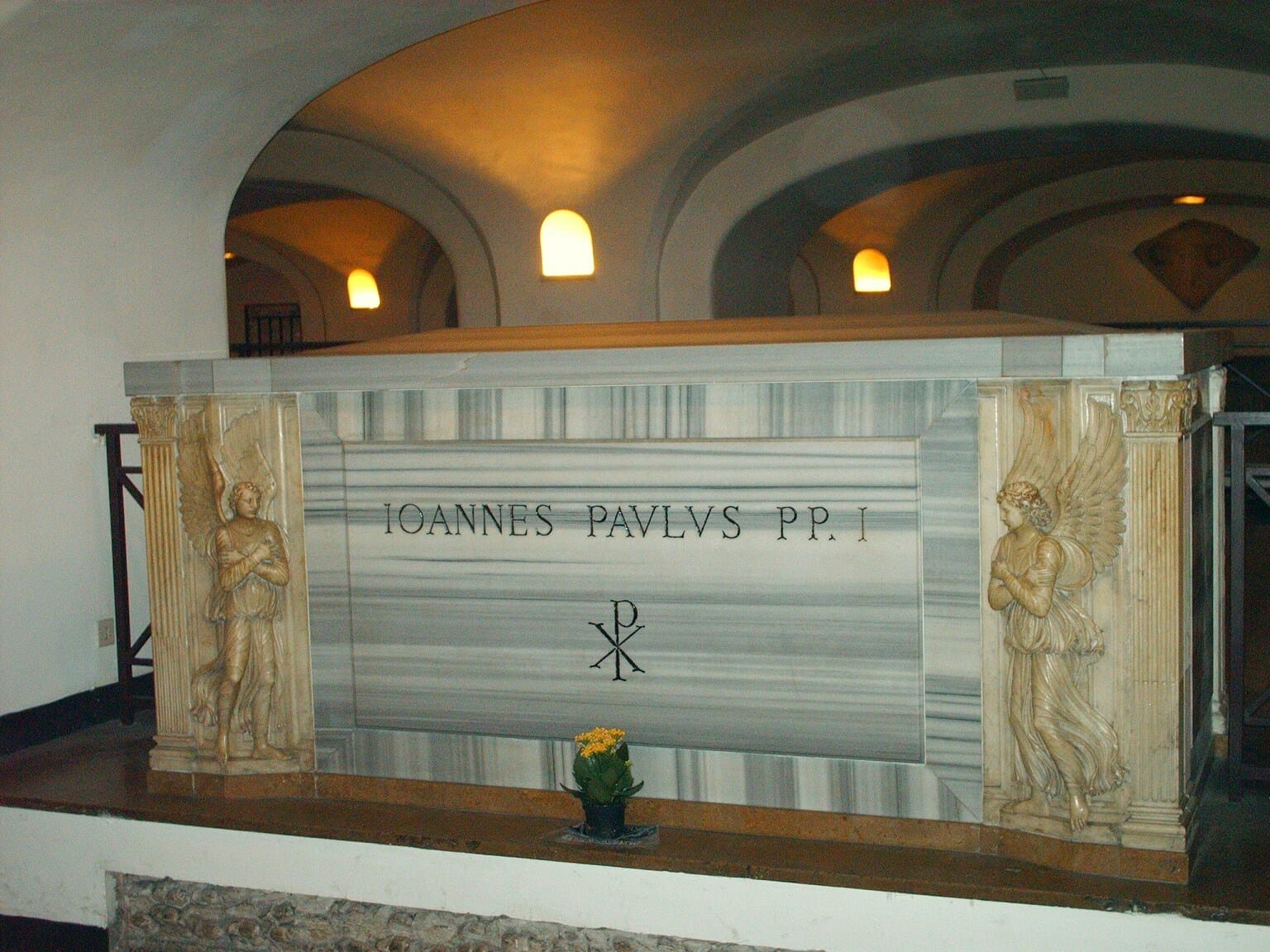
The Vatican Grottos are a special area in the basement of St Peter’s Basilica where the tomb of St Peter and a number of Popes can be seen.
There are various chapels, corridors, and niches in the Vatican Grottos, with some tombs, art and artifacts dating to the 10th century. A fresco depicting Mary’s swollen face by Pietro Cavallini, a well-known Roman painter from the 14th century, is a must-see in the Vatican Grottos.
Also, look out for the much newer monuments of Popes Paul VI and John Paul II.
9. The Vatican Necropolis (Scavi)
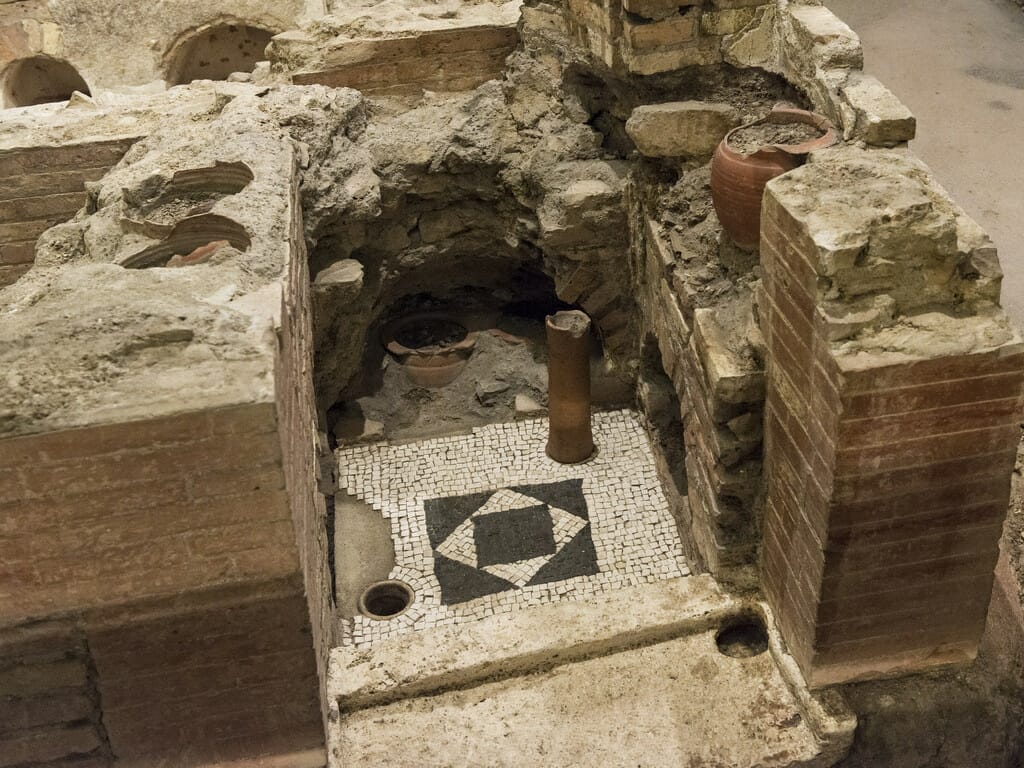
The scavi or Vatican Necropolis, which were only discovered between 1940 and 1949, is the Vatican’s own underground catacombs. They are different from other catacombs in that they were originally part of an open-air cemetery containing tombs from the 2nd century BC.
Recent studies are supporting legend that the Apostle Peter was buried at the end of the Necropolis. To preserve the site and because of the limited space around the tomb, Vatican Necropolis tour numbers are visited. So, book yours in time!
10. Visit Vatican Gardens
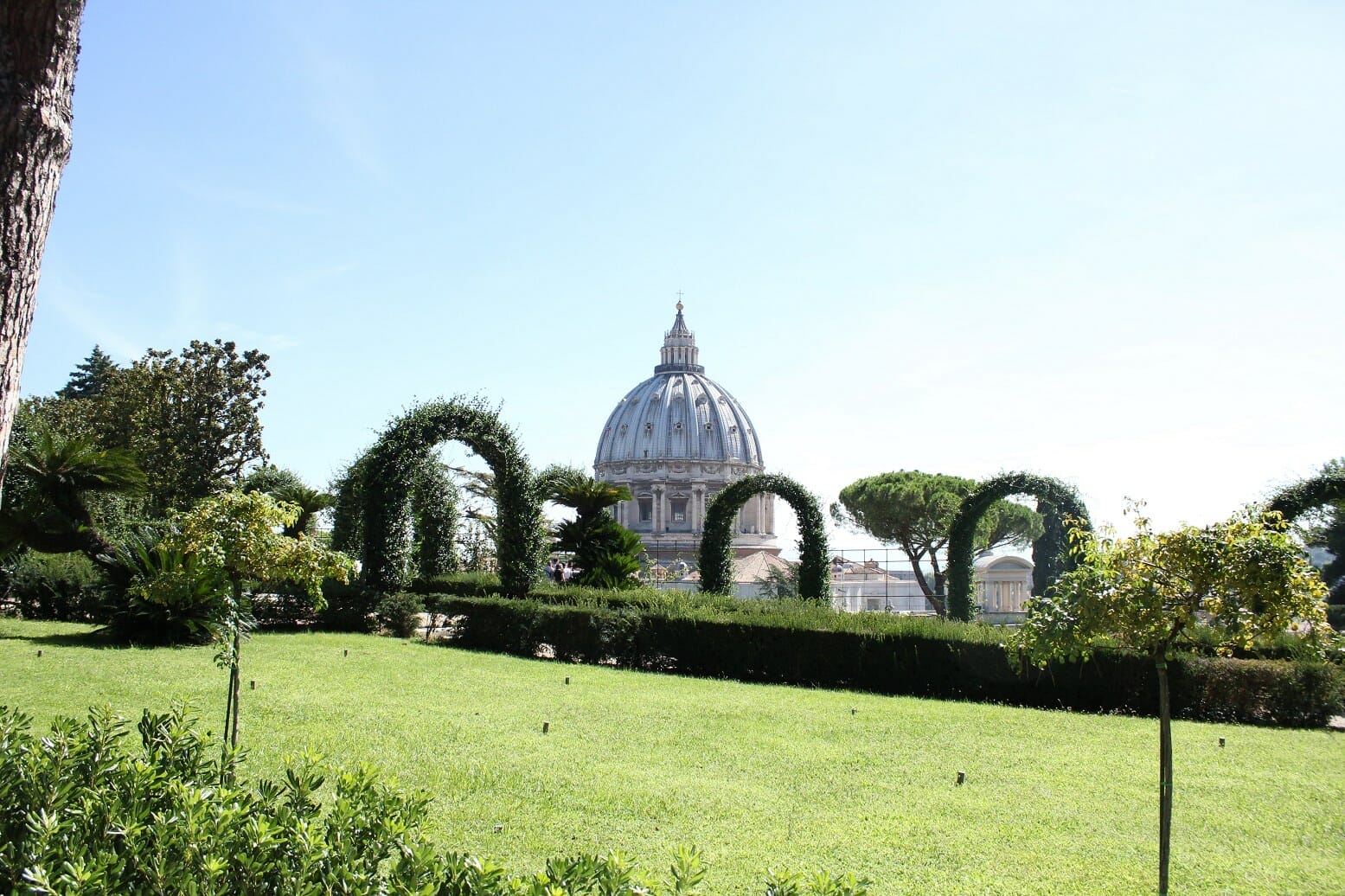
If it’s possible to get tired of architecture and art when you visit the Vatican City, then the Vatican Gardens offers a different experience.
The history of the gardens may go as far back as 1279 but the beautiful plants are a stunning reflection of the Vatican of today.
Covered in sprawling lawns, exotic flowers, fountains, and statues, the Vatican Gardens make up around half of the Vatican City’s 44 hectares. Tours can be booked through this website.
FAQs on How to Visit the Vatican City

How long do you need to visit the Vatican?
Plan for at least a full day to thoroughly explore the Vatican Museums, Sistine Chapel, St. Peter's Basilica and surrounding areas, but you might also consider allocating two days for a more in-depth visit.
How much does it cost to visit the Vatican Museums?
Ticket prices for the Vatican Museums start at 20 € for a basic entry, with additional costs for skip-the-line options or guided tours. For a more comprehensive visit, prices can be up to 100 € but these tickets include other entries and transport.
Is Vatican free to visit?
Entry to Vatican City and St. Peter's Basilica is free. However, the Vatican Museums and Sistine Chapel require paid tickets. Some areas like St. Peter's Square can be visited without any cost.
How far in advance can you book Vatican Museum tickets?
Vatican Museum tickets can be booked several months in advance. We would recommend you to purchase tickets at least two to three weeks before your visit to secure your preferred entry time.
Is Vatican City expensive?
If you focus on free attractions like St. Peter's Basilica and Square, then Vatican City might be totally free. Of course costs will increase with museum tickets, tours and souvenirs.
Is the Vatican open on Sundays?
The Vatican Museums are closed on Sundays, except for the last Sunday of each month, when Vatican Museums entrance is free. As for St. Peter's Basilica, it is open every day, including Sundays.
Do you need a passport to go to Vatican City?
No, you do not need a passport to enter Vatican City from Italy. However, if you're visiting from outside the Schengen Area, you'll need a passport to enter Italy first.
Conclusion
Whether you visit the Vatican for the art, the architecture, the Pope or simply because it’s the smallest country in the world – you’ll be much better off going prepared. Buy your Vatican and Sistine Chapel tickets online (buy here) in advance to avoid queuing for them.
Even better, consider the Omnia Card (available here) or Rome Tourist Card (available here) to make the best of your Rome and Vatican visit overall.
Fanny is a music and travel lover who has been visiting Rome since 2012. She is the founder and main editor of the Roma Pass blog and she like to share the best things to do in Rome.

